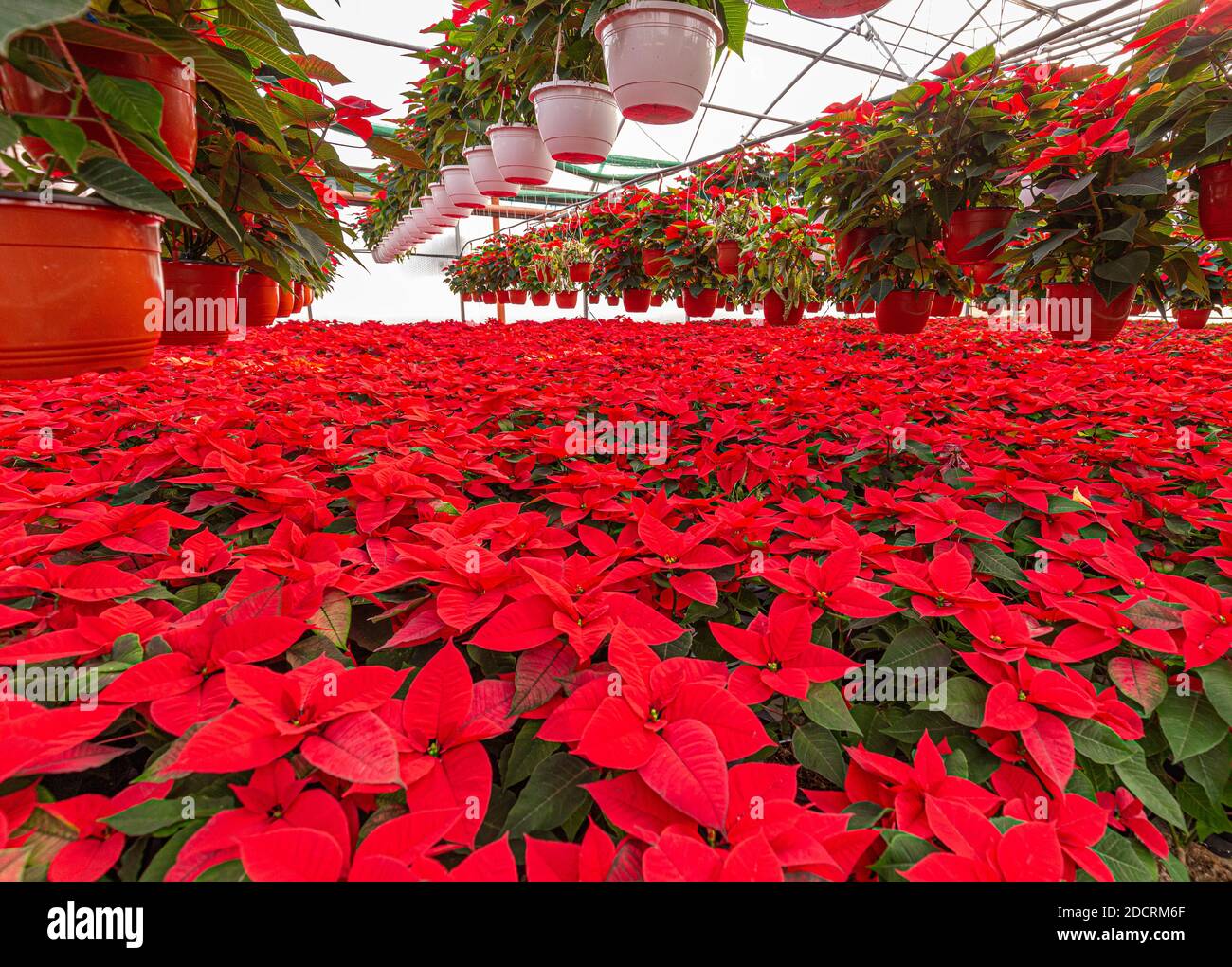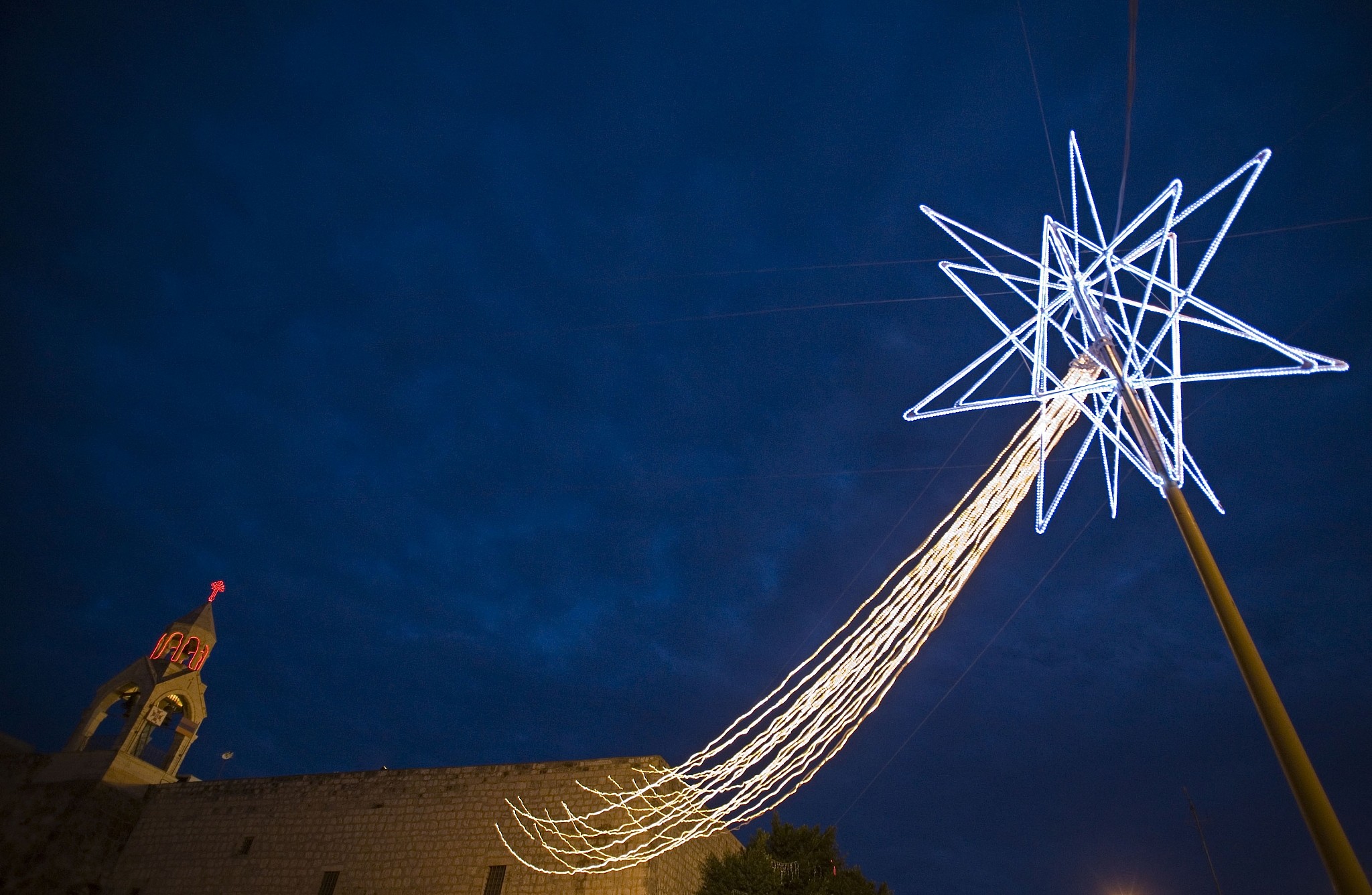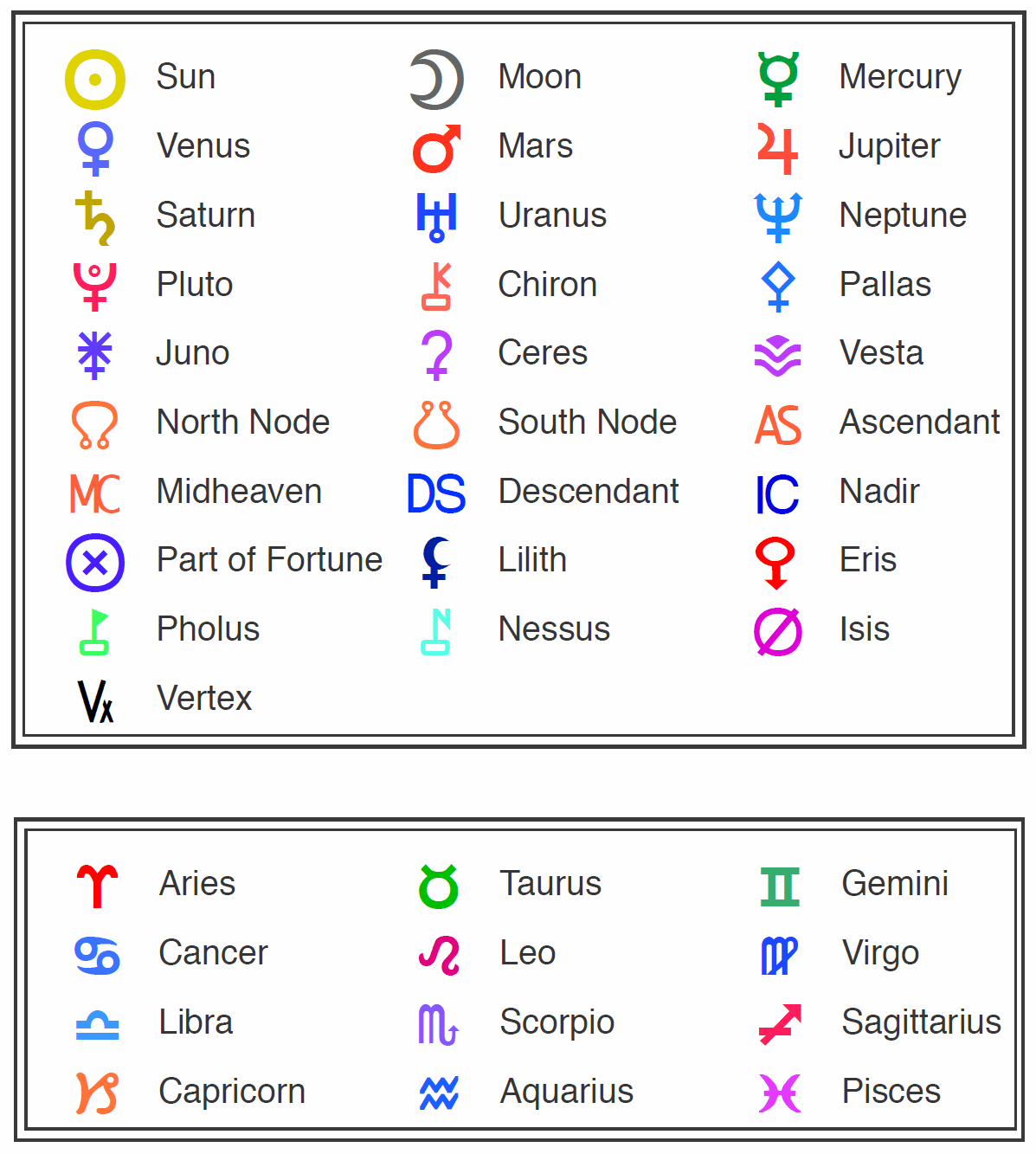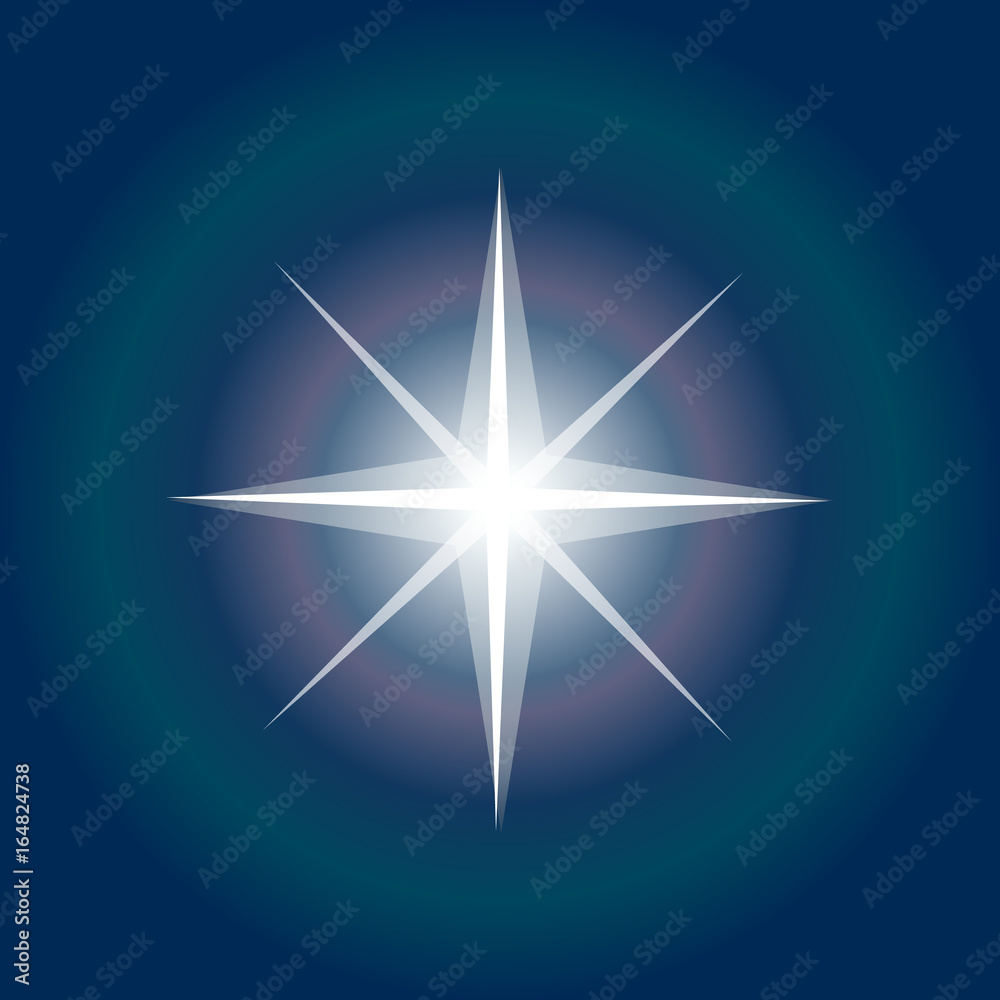The Christmas Star Plant: A Celestial Symbol For 2024
The Christmas Star Plant: A Celestial Symbol for 2024
Related Articles: The Christmas Star Plant: A Celestial Symbol for 2024
- Christmas Socks For Boys 2024: A Comprehensive Guide To Festive Footwear
- Christmas Red Cabbage Recipes UK 2024: A Festive Guide To The Classic Side Dish
- Christmas Socks Disney 2024: A Magical Collection For The Holidays
- MacBooks At Unbelievable Prices: Christmas Sale 2024
- Christmas Quotes To Staff 2024: Expressing Appreciation And Holiday Cheer
Introduction
With enthusiasm, let’s navigate through the intriguing topic related to The Christmas Star Plant: A Celestial Symbol for 2024. Let’s weave interesting information and offer fresh perspectives to the readers.
Table of Content
Video about The Christmas Star Plant: A Celestial Symbol for 2024
The Christmas Star Plant: A Celestial Symbol for 2024

As the festive season of 2024 approaches, the Christmas star plant emerges as a poignant symbol of the celestial event that marked the birth of Jesus Christ. This vibrant and captivating plant, with its star-shaped bracts and deep green leaves, has become an integral part of Christmas traditions worldwide.
Botanical Origins and History
The Christmas star plant, scientifically known as Euphorbia pulcherrima, belongs to the family Euphorbiaceae. It is native to Mexico and Central America, where it is known as "flor de Nochebuena" (flower of the Holy Night). The plant was first introduced to Europe in the early 16th century by Spanish explorers who were captivated by its beauty.
Cultural and Religious Significance
The Christmas star plant has deep cultural and religious significance in many parts of the world. In Mexico, it is believed that the plant’s red bracts symbolize the blood of Christ, while its green leaves represent the thorns of the crown worn by Jesus.
In Christian tradition, the Christmas star plant is associated with the Star of Bethlehem, which guided the three wise men to the manger where Jesus was born. The plant’s star-shaped bracts are said to resemble the celestial body that led the wise men to the Savior.
Cultivation and Care
The Christmas star plant is a relatively easy plant to cultivate. It prefers bright, indirect light and well-drained soil. Overwatering can lead to root rot, so it is important to allow the soil to dry out slightly between watering.
To encourage blooming, the plant should be provided with short days (12-14 hours of darkness per day) for several weeks prior to the desired flowering time. This can be achieved by covering the plant with a dark cloth or placing it in a dark room during the evening hours.
Varieties and Colors
The Christmas star plant is available in a wide range of varieties and colors. The most common varieties include:
- Poinsettia: This is the traditional Christmas star plant with bright red bracts.
- White Star: This variety features pure white bracts that resemble snowflakes.
- Pink Star: This variety has delicate pink bracts that add a touch of elegance to the festive season.
- Marble Star: This variety features variegated bracts with swirls of red, white, and pink.
- Ice Crystal Star: This variety has sparkling white bracts that shimmer like ice crystals.
Symbolism and Meaning
In addition to its cultural and religious significance, the Christmas star plant also carries a number of symbolic meanings. It is often associated with:
- Hope: The bright red bracts of the plant symbolize the hope and joy of the Christmas season.
- Peace: The plant’s star-shaped bracts are a reminder of the peace and goodwill that Christmas brings.
- Love: The plant’s heart-shaped leaves represent the love that God has for all mankind.
- Prosperity: The plant’s abundance of flowers is a symbol of prosperity and good fortune.
Uses and Applications
The Christmas star plant is primarily used as a decorative plant during the festive season. It is often displayed in homes, offices, and churches, adding a touch of color and Christmas spirit to the surroundings.
The plant’s bracts can also be used in floral arrangements and wreaths. The leaves of the plant contain a milky sap that can be used as a natural dye.
Conclusion
The Christmas star plant is a cherished symbol of the Christmas season, embodying cultural, religious, and symbolic significance. Its vibrant colors, star-shaped bracts, and deep green leaves bring joy and festive cheer to homes and hearts around the world. As we approach Christmas 2024, let us embrace the beauty and symbolism of this celestial plant, reflecting on the hope, peace, love, and prosperity that it represents.

:max_bytes(150000):strip_icc()/star-of-bethlehem-plant-profile-4774326-hero-943e35e2dc3049b1b2baa110d5fa0e71.jpg)






Closure
Thus, we hope this article has provided valuable insights into The Christmas Star Plant: A Celestial Symbol for 2024. We thank you for taking the time to read this article. See you in our next article!